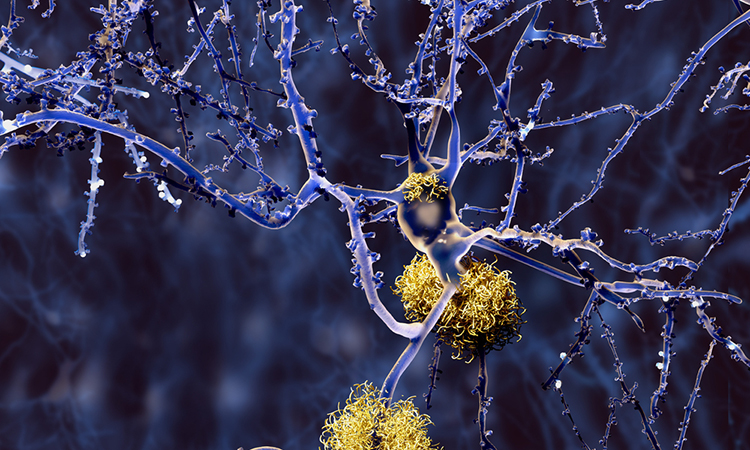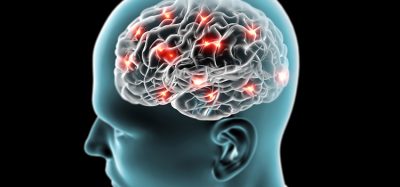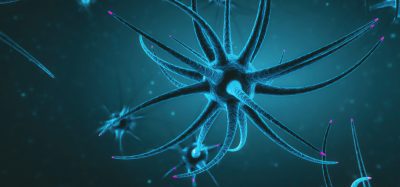Key to potential new Alzheimer’s drugs found in sugar enzyme
Posted: 1 July 2025 | Drug Target Review | No comments yet
A new study reveals that blocking the enzyme ST6Gal-I reduces toxic plaque buildup in Alzheimer’s disease by suppressing BACE1 expression – highlighting a new target for future treatment strategies.


A recent study published in Engineering identifies a potential mechanism contributing to Alzheimer’s disease progression, focusing on the role of a sugar-modifying enzyme, α2,6-sialyltransferase-I (ST6Gal-I). The researchers demonstrated that eliminating this enzyme downregulates BACE1 – a critical protein in Alzheimer’s pathology – and reduces the production of harmful amyloid-β42 (Aβ42) plaques in the brain.
Alzheimer’s is a neurodegenerative disorder characterised by memory loss and cognitive decline. The amyloid hypothesis suggests that Aβ plaques play a driving role in disease progression. These peptides are produced when amyloid precursor protein (APP) is cleaved by BACE1 and γ-secretase enzymes. While glycosylation – the addition of sugar chains to proteins – has been linked to Alzheimer’s, the specific influence of α2,6-sialylation catalysed by ST6Gal-I has remained elusive until now.
ST6Gal-I associated with Alzheimer’s progression
The international research team, including scientists from the Cancer Hospital of Shantou University Medical College and Dalian Medical University, investigated levels of ST6Gal-I and α2,6-sialylation in cerebrospinal fluid (CSF), serum samples from AD patients and in AD model mice.
They found that both ST6Gal-I expression and α2,6-sialylation levels were significantly upregulated in these samples. This observation indicated a possible link between increased sialylation and Alzheimer’s-related changes in the brain.
Gene editing reveals therapeutic potential
Using CRISPR/Cas9 technology, the researchers generated ST6Gal-I knockout rats (ST6Gal-I–/–). These animals showed reduced α2,6-sialylation and BACE1 expression in the brain. Also, after being treated with scopolamine – a drug that induces AD-like symptoms – these rats displayed improved learning and memory compared to their wild-type counterparts.
Behavioural assessments including the Morris water maze, nest-building and novel object recognition tests confirmed that ST6Gal-I knockout rats had attenuated cognitive impairments after scopolamine exposure.
Cellular mechanisms and reduced plaque production
In cell studies, researchers knocked down ST6Gal-I in Neuro-2a neuroblastoma cells (ST6Gal-I-KD-N2a) and discovered that BACE1 expression dropped. This occurred because of increased ubiquitination – a cellular process that tags proteins for degradation.
As a result, reduced BACE1 expressionled to decreased Aβ42 production and reduced apoptosis, further confirming the enzyme’s pivotal role in driving toxic plaque accumulation.
A promising path toward glycomedicine
The research identifies α2,6-sialylation and ST6Gal-I as significant players in Alzheimer’s development, offering a fresh therapeutic target for drug development. The findings of this study highlight the significant role of α2,6-sialylation in the development and progression of Alzheimer’s.
By understanding how this glycosylation pathway influences BACE1 and Aβ42 production, the study opens new possibilities for “glycomedicine” approaches – treatments based on manipulating sugar modifications on proteins – to combat Alzheimer’s.
Future directions
The authors suggest that upcoming research should focus on dissecting the broader molecular network regulated by α2,6-sialylation and ST6Gal-I in the brain. This could allow for novel therapeutic treatments to slow or reverse cognitive decline in Alzheimer’s patients. Future studies may focus on further investigating the molecular pathways involved, as well as developing therapeutic strategies targeting ST6Gal-I to mitigate the cognitive deficits associated with Alzheimer’s.
As scientists race to uncover effective therapies for Alzheimer’s, targeting glycosylation may emerge as the strongest target in the fight against the disease.
Related topics
Animal Models, Central Nervous System (CNS), CRISPR, Disease Research, Enzymes, Neurosciences, Therapeutics, Translational Science
Related conditions
Alzheimer's
Related organisations
Cancer Hospital of Shantou University Medical College, Dalian Medical University








